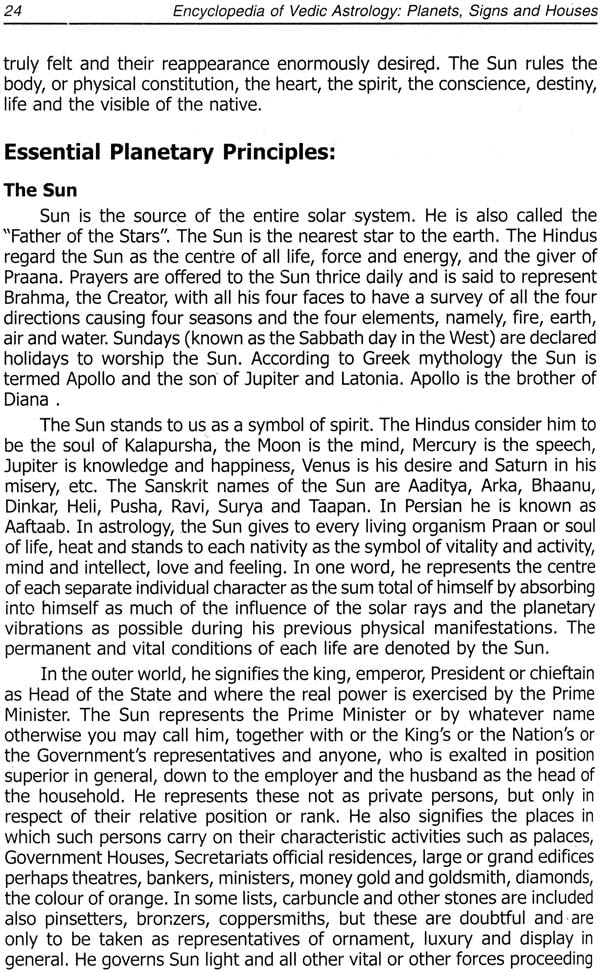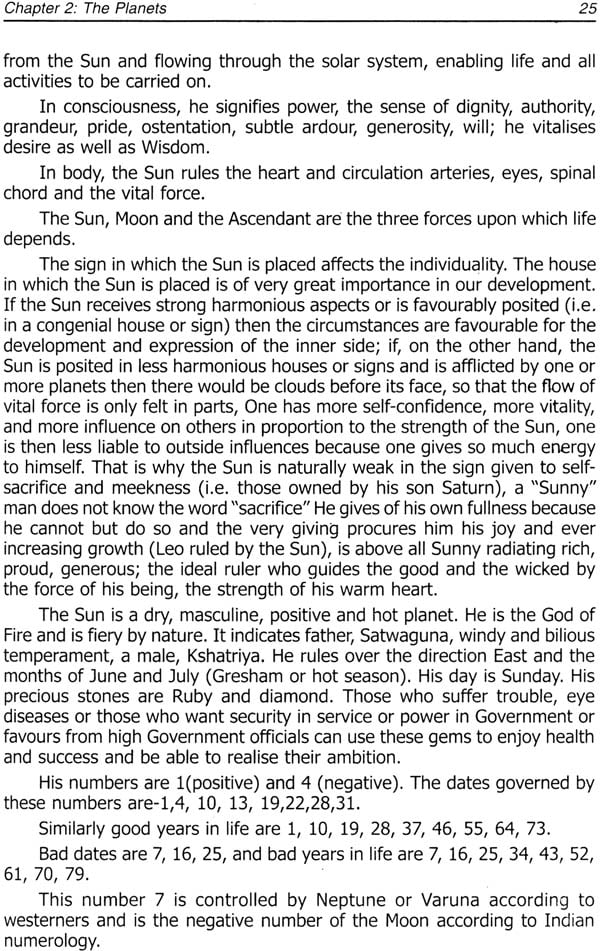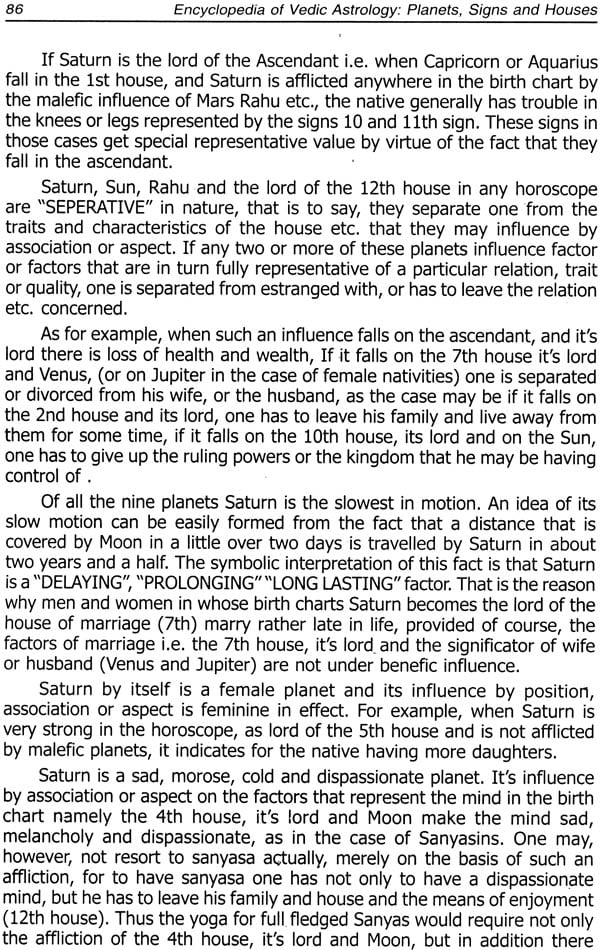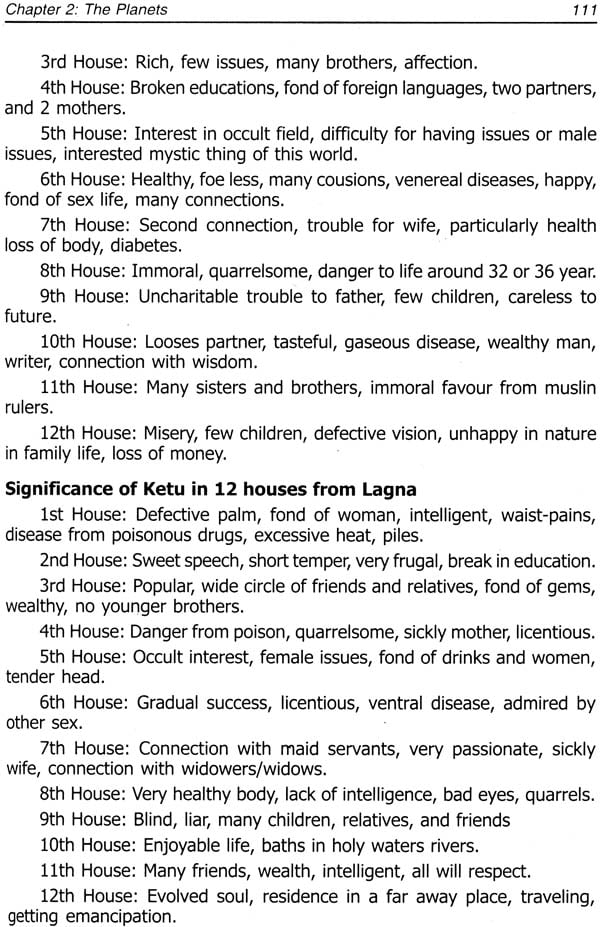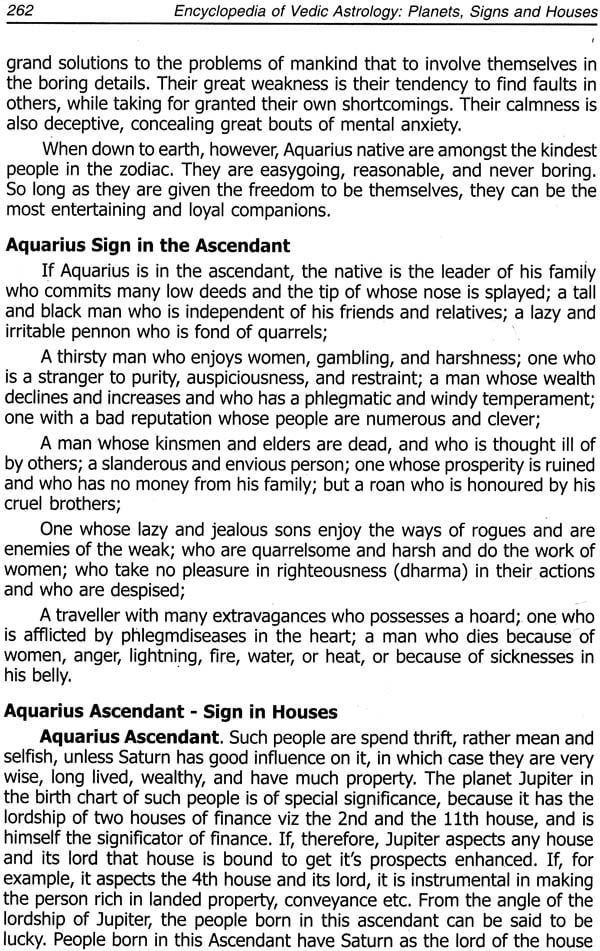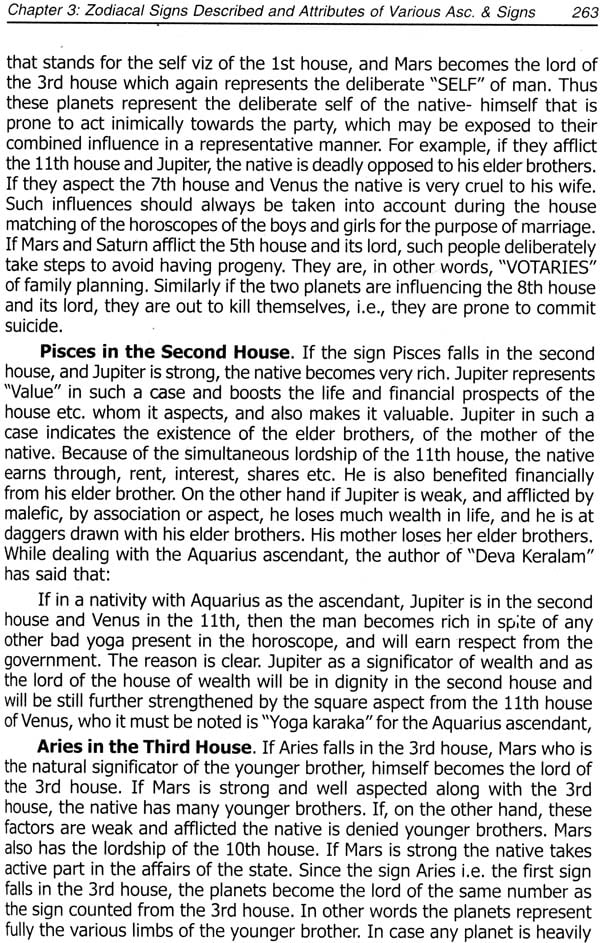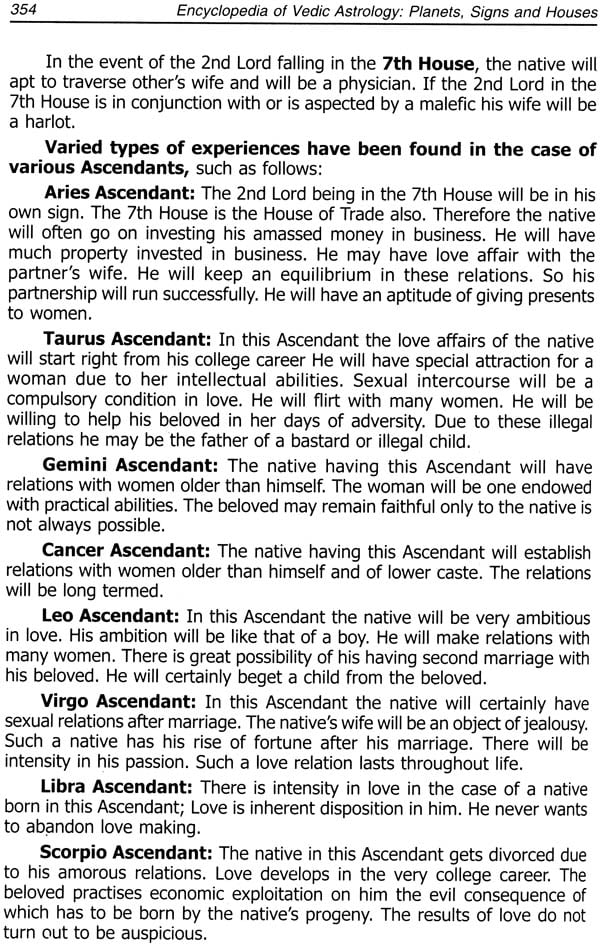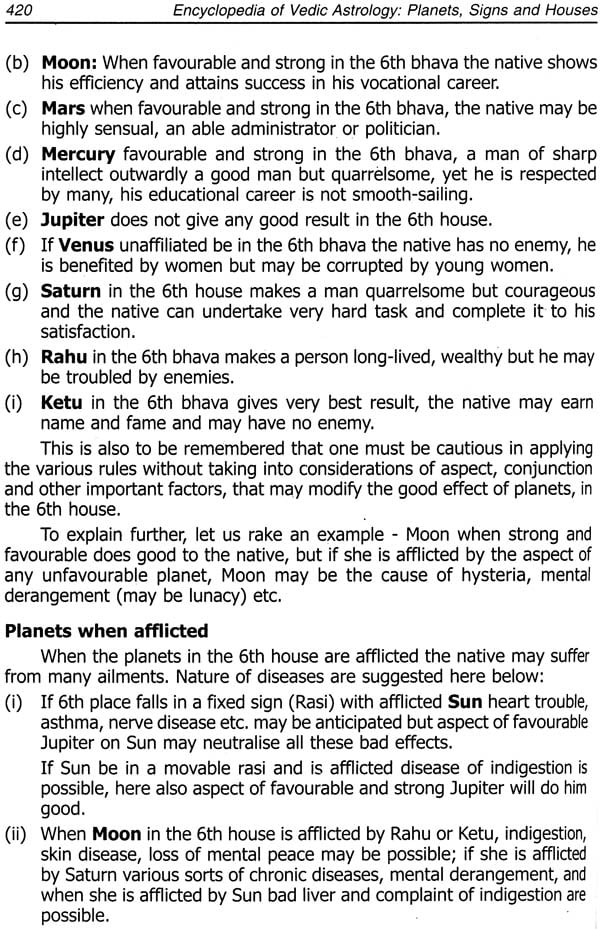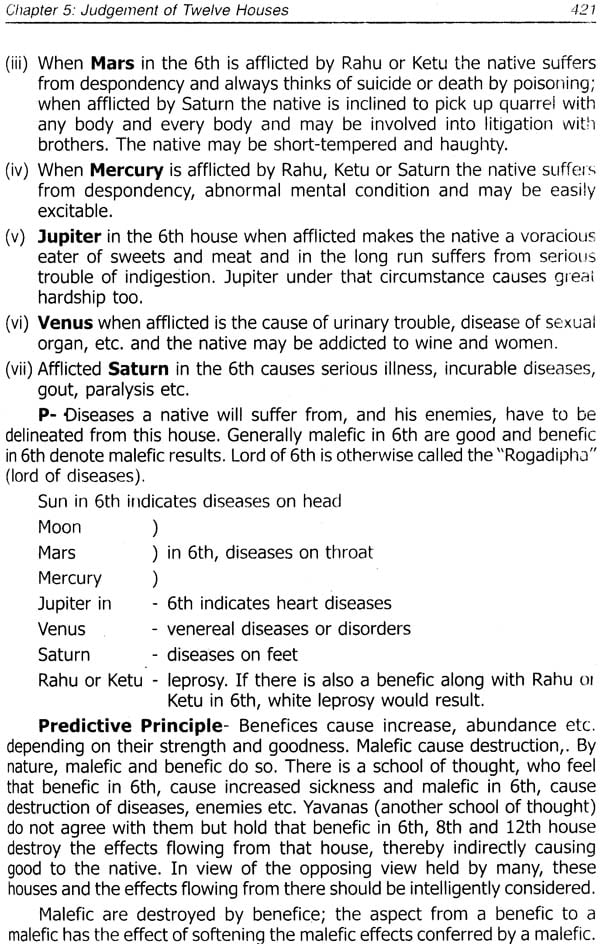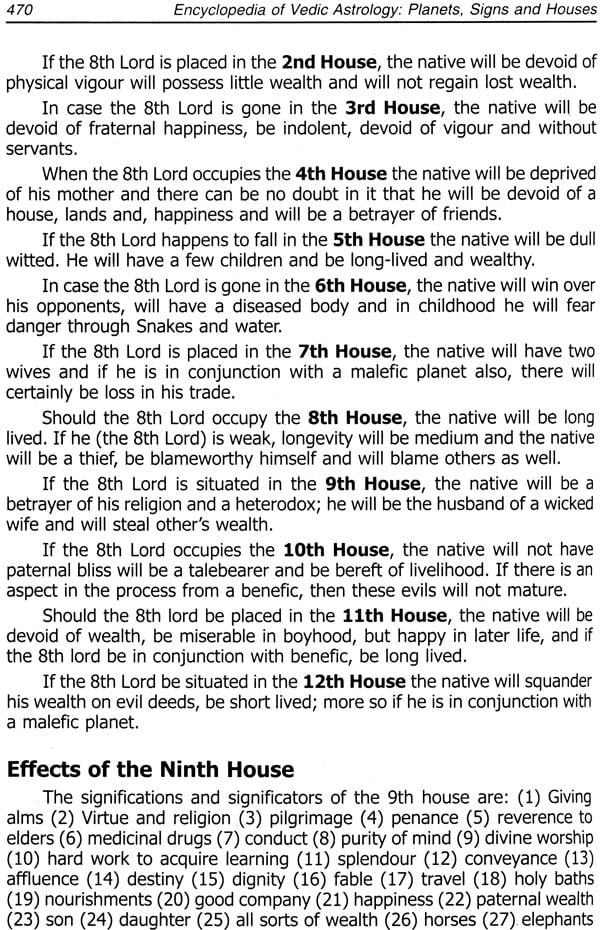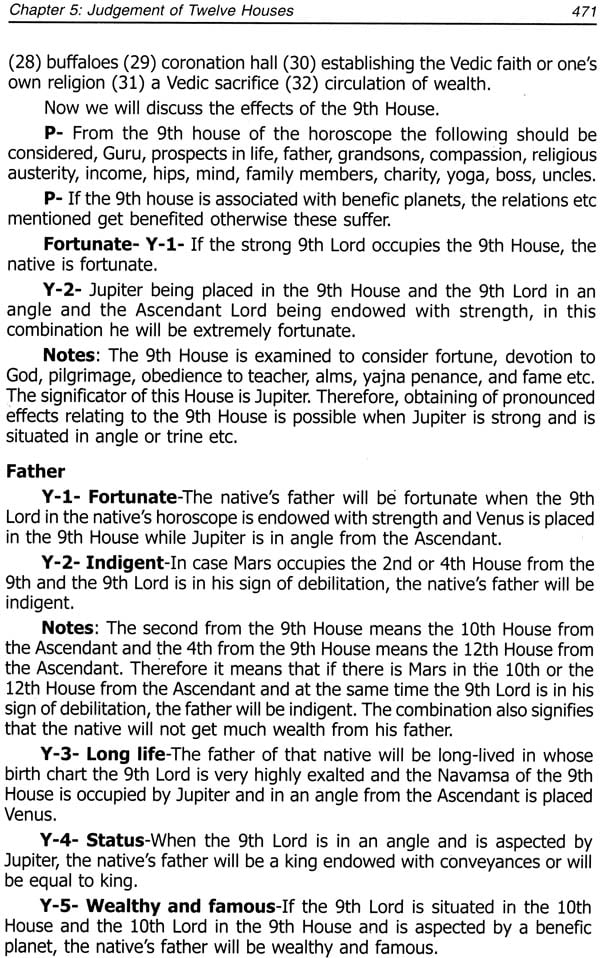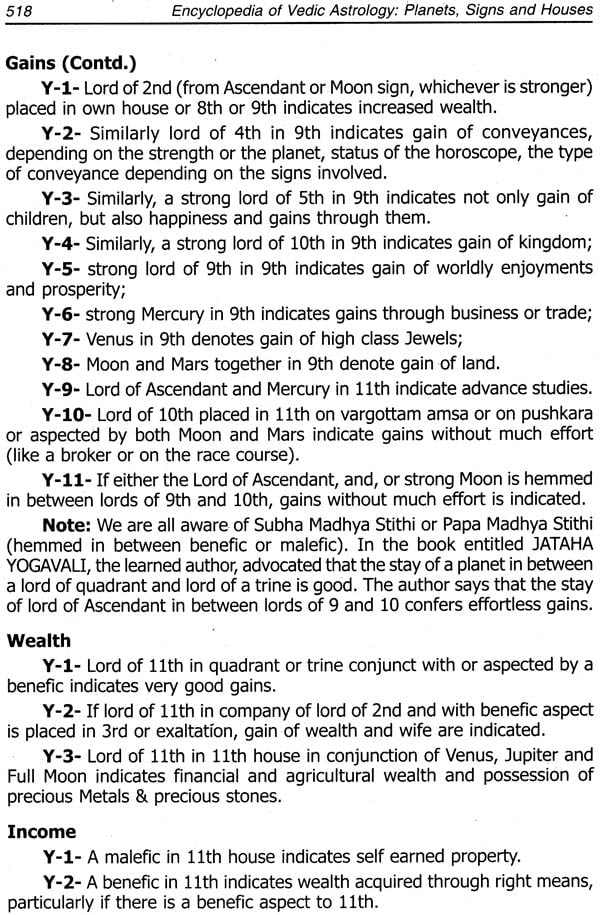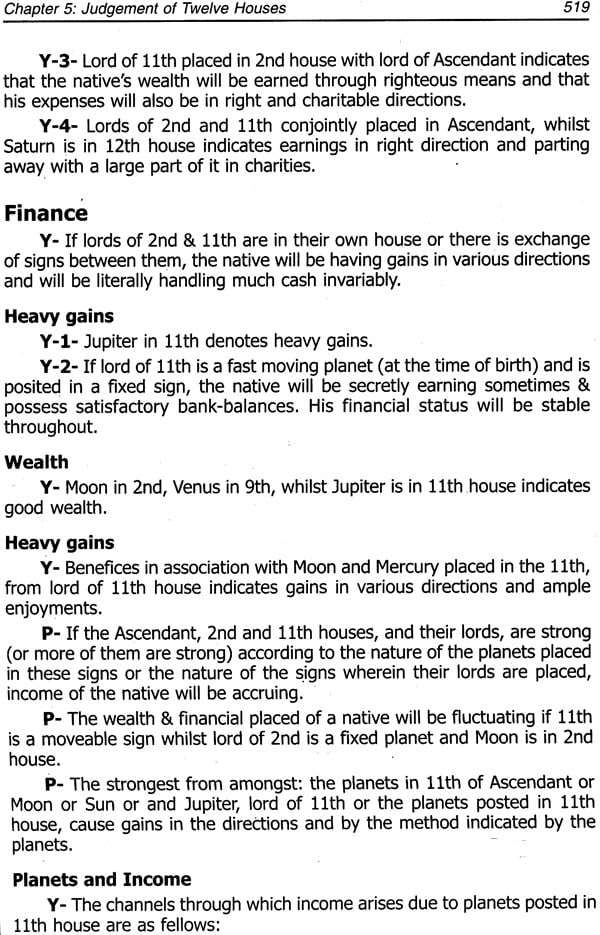
The Uttaratantra of Maitreya
Book Specification
| Item Code: | NAC464 |
| Author: | H.S. Prasad |
| Publisher: | Sri Satguru Publications |
| Language: | Text and Translation |
| Edition: | 1997 |
| ISBN: | 8170302633 |
| Pages: | 448 |
| Cover: | Hardcover |
| Other Details | 8.8 Inch X 5.7 Inch |
| Weight | 600 gm |
Book Description
Containing Introduction, E.H. Johnston’s Sanskrit Text and E. Obermiller’s English Translation
This book is in four parts. The first part consists of introduction by MS. Prasad. He argues for sempiternal, dynamic and substantive reality underlying all appearances. He shows that as one rises to a higher level of consciousness, the various yanas, like sravakayana, pratyekabuddhayana, bodhisattvayana and mahayana, all merge into ekayana; for each contributes to the gradual realisation of the oneness of ultimate reality, thus paving the way for the emergence of universal culture. On Prasad’s view the much talked-about negativism of the Madhyamika - sarvadrstisunyata - is not an end in itself, rather it is a basis for the realisation of the essential unity of all beings, sentient as well as insentient, leading to the cultivation and promotion of universal good, compassion and friendliness.
In the second part is reprinted the Sanskrit text of Maitreya’s Utaratantra (Ratnagotravibhaga). The third part includes corrections and emendations suggested by Jikido Takasaki in the Sanskrit text in the light of Tibetan and Chinese versions. The fourth part is an English translation of the text from its Tibetan version by E. Obermiller.
This book is a radical departure from the traditional interpretations of Buddhism and the Madhyamika philosophy in particular. It aims at reviving philosophy as cultural activity, a path to enlightenment and spiritual discipline.
H.S. Prasad (b. 1953), M.A. from Banaras Hindu University and Ph.D. from the Australian National University, is a recipient of a number of academic awards. At present, he is a Research Scientist teaching in the Philosophy Department at the University of Delhi since 1983.
Prasad has published in Journal of Indian Philosophy, East and West. Indian Philosophical Quarterly. Paramarsa, Journal of Buddhist Studies and the Annals of Professors World Peace Academy. His other books include: (I) Amala Prajna Aspects of Buddhist Studies (co-edited with N.H. Samtani), (2) Essays on Time in Buddhism (edited), (3) Time in Indian Philosophy (edited) and (4) The Buddhist Philosophy of Time.
Currently he is working on the Buddhist theory of meaning and a critical edition of the Bodhicaryavatara of Santideva with Prajnakaramati’s panjika.
The Uttaratantra is one of the five works1 attributed to Maitreya. It is an abbreviated name of the Ratnagotravibhaga Mahayanottaratantrasastra (as E.H. Johnson2 has given the title of the text). It is also called the Rat nagotravihhga3 or the Mahayanottaratantrasastra (as referred to in its Tibetan translation). The first part of the title, Ratnagotravibhaga, speaks of the spiritual character of its subject-matter as it deals with the cosmic principle of the essence (sotra = tathgatagarbha) of the triratna (Buddha, Dharma and Sangha to which the entire Buddhism is assimilated).5 Realising ontological non-differentiation in sentient beings, it professes the common metaphysical substance in all of them, their equal status, their universal good and universal Buddhahood. In this sense, it represents the superior or even the supermost (uttara) of all the paths of Ultimate Freedom (nirvana). Hence it is called by the name of Uttaratantra, which is perhaps the most popular name of the text. This is the reason why I have retained this title for the present Volume.
Two manuscripts of the Sanskrit text of the Uttaratantra6 were discovered by Rahula Sankrityayana7 in Tibet after E. Obermiller had translated the same with its commentary by Asanga into English from its Tibetan version.8 The two differ from each other in many respects. Zuiryu Nakamura9 has further published a study of the text based on comparison and contrast between the Sanskrit original and its Chinese translations. Jikido Takasaki’s1° study of the Uttaratantra11 excels all other studies of this text. It includes a critical Introduction, a synopsis of the text, an English translation from the original Sanskrit text in comparison with its Tibetan and Chinese versions, critical notes, appendixes and indexes. Herein I have tried to present a philosophical interpretation of the gotra (= tathagatagarbha) theory substantiating my thesis on the basis of these materials as well as other Buddhist texts.
The Uttaratantra is a text with Madhyamika leanings. The Madhyamika and the Yogacara drastically differ from each other while preparing the philosophical backgrounds for their spiritual disciplines, the former by rejecting all the mutually conflicting philosophic views (sarvadrstisunyata, a linguistic analysis) and the latter by culminating the analysis of illusory experiences. Once the grounds are prepared, both go hand in hand. Their views vary in this course at some points, but these variations are just like those which are seen within a system without forsaking its philosophic thrust and direction. Since the preparatory role of the Uttaratantra is the same as that of the Madhyamika, it is said to be written from the Madhyamika point of view. On the whole, it is truly a Mahayana text.
The English translation of the Uttaratantra and Asanga’s commentary on it from Tibetan by E. Obermiller together with his penetrating Introduction, detailed subtitles of the contents, numerous notes with equivalent Sanskrit terms and the two indices of (i) Sanskrit-Tibetan technical terms and (ii) Works, Authors and Schools, is one of the great contributions in the Buddhist studies. In his Introduction, he writes:
In the translation the greatest care has been bestowed on a faithful rendering of all technical terms of which the work is full. This has been made in accordance with the method adopted by Prof. Stcherbatsky. Not a single term is left without translation, but in order to facilitate control, the original term (Sanskrit and Tibetan) is always given in the note.
The importance of the Uttaratantra lies in the fact that it discusses those notions of Buddhism whose prior understanding is essential to understand the Mahayana, especially the Madhyamika, spiritual discipline. The most important of them is the notion of gob-a, which has a history of its development. Its allied notions are asraya, prapti, bija, vasana, dharmata, tathata, tathagatadharma, tathagatagarbha, etc.
The Development of the Gotra Theory
As we know, the Buddhist presupposition - sarvam anit yam - and its logical culmination in the doctrine of momentariness or Instantaneousness rule out the possibility of causal continuity and the very substratum of the events, thus leading to the futility, absurdity and hollowness of any spiritual discipline whether Individual or social. To get rid of this paradoxical predicament different Buddhist schools suggested different remedies.
Prapti Theory: To overcome these difficulties arising from the logical implications of momentariness, the Sarvastivadins or the Vaibhasikas postulated a new metaphysical category (viz. dravya) of ‘possession’(prapti, which as a matter of fact is a relation between the possessor and what is possessed, and its opposite, - aprapti, a negative relation, i.e. the denial of relation between the two. The Sarvastivadins or the Vaibhasikas are typical realists who substantialize everything as a dharma. That is why they call ‘prapti’ and ‘aprapti’ substances (dravya-dharma).14 Like any other realists, the Vaibhasikas seem to have been guided by the linguistic expressions of facts and the logic of natural language or structure of subject-predicate-relation type of language. They, like other. Buddhists, are in search of personal Identity of the stream of consciousness (citta-sa1?1tna) which is said to have acquired certain dharmas (=prapti) and abandoned certain other dharmas (=aprati).15 For example, during the course of the training of spiritual discipline ,prapti acts as a force in bringing and associating the wholesome dharmas (akusaladharma) with the person and aprapti simultaneously acts as a force in preventing the unwholesome dharmas (aku,4aladharma) from coming into existence. All this requires a conscious substratum (asraya) 16 which on the basis of his kusala or akusata acts determines his ‘lineage’ (gotra) or nature. This makes nirvana possible for an aspirant. The momentariness of a dharma applies only to its ever- (‘hanging states (avastha), not to its underlying substance which is its substratum.17 If momentariness is applied universally, i.e. without restriction, the talk of spiritual training, rising to a higher level of consciousness, the difference between a layman (prthagjana) and an enlighteted man (bodhisattva), and cultivating and promoting social virtues would be meaningless.
Thus the Vaibhasikas postulated two foreign elements - prapti and aprapti- to explain the possibility of spiritual discipline leading to the Ultimate Freedom (nirvana). But the prapti theory is rejected by the Sautrantikas, because by the same logic prapti and aprapti would require further such elements, which may bring them into relation ship with the person on the one hand, and the acquired element on the other, and so ad infinitum.
Bija Theory: The in genious Sautrantikas introduced a new idea derived from the notion of ‘stream of consciousness’ itself to solve the above difficulties. They formulated the theory of ‘seed’ or ‘germ’ (bija) which replaced the prapti theory and later on became the basis for the development of the Mahayana tradition. Instead of arbitrarily postulating a new element in order to get out of the paradox, the Sautrantikas conceived of the substratum (asraya)19 which is the locus of momentary changes in the stream of consciousness. Each moment, according to this the or represents a new state (anyathatva) of the substratum, which itself remains essentially unchanged. This is to admit the personal identity of a stream of consciousness. The same is the case with the dharmas other than consciousness. The bija theory simply sees the potentiality (sakti)21 in each dharma which manifests itself in many forms. The term ‘bija’ can be rendered as ‘the essence of psychophysical organism’ (nma-ri7pa)22, ‘biological gene’, ‘embryo’, ‘matrix’, ‘seed’, ‘germ’ and so on according to the context. In the Abhidharma texts, it is called the complex of the live skandhas.
By introducing the bija theory, the Sautrantika aims at solving the puzzles of the continuity of the agent in the karmaphala process, acquiring knowledge, memory, apperception, final release, etc. It is the harbinger of the alayavijna in the Yogacara. This has been discussed in detail by L. Schmithausen in his latest book: Alayavijna (On the origin and the early development of a central concept of Yogacara philosophy).
The controversy between the Vaibhasikas and the Sautrantikas on the prapti theory25 is found inAK (with AKB and AKV) and AD (with ADV). The prapti-aprapti theory of the Vaibhasikas is first criticised on the ground, as we have seen, that it leads to infinite regress. Secondly, there is no need of conceiving prapti as an external element to mediate, for example, between karma and retribution. Karma is always volitional,26 i.e. mind-generated and of two kinds: (I) bad volition (aku6alacitta),27 viz, covetousness (cbhidhya,28 rooted in Fobha29), malevolence (vyapada30, rooted in Dvesa,)31 and holding erroneous, unethical and unjust view (mithyidrsti rooted in moha)33, and (2) good volition (kusalacitta)34, viz, non-covetousness (anabhidha)35, non-malevolence (avyjeipada?’6 and viewing the reality as it is (samyagdrstD37 rooted in alobha38, advesa39 and amoha40 respectively. These volitions nourish and impregnate a person’s stream-consciousness determining its future evolution which is nothing but its transition from one state to another (anyathatva) 41. The volitional act of a person stirs the latent germ (bija) of its corresponding nature in him. It habituates his attitude accordingly. All this determines his response to a situation in which he is placed. Take for example, a social situation in which he, along with others, needs a particular thing, say a piece of cloth. The evil volition, if it dominates in him, will pursue his private good; whereas, on the contrary his good volition will pursue the good of others. The seed of both evil (akusala) and good (kusala) volitions are present in a person. The good or bad nature of the personality of a man is carved out by cultivating and developing good and evil volitions respectively. All this happens In the person himself.42 This means that a person has the potentiality (sakti) of rising to a higher level of consciousness. This theory gives rise to the gotra theory of the Mahayana Buddhism, particularly the Yogacara school.
| Acknowledgements | xiii | |
| Part – I Introduction (by H.S. Prasad) | 1 | |
| 1. The Development of the Gotra Theory | 2 | |
| 2. The Mahayana Spiritual Discipline | 5 | |
| 3. Gotra: The Foundation of Mahayana, and its Types | 9 | |
| 4. The Characteristics of the Gotra | 12 | |
| 5. The Gotra-based Classification of the Sentient Beings | 16 | |
| 6. Notes | 19 | |
| 7. Bibliography | 46 | |
| Part – II | ||
| Sanskrit Text The Ratnagotravibhaga Mahayanottaratantrasastra (edited by E.H. Johnson) | ||
| 1. Introductory Note (by T. Chowdhury) | 53 | |
| 2. Foreword (by E.H. Johnson) | 57 | |
| 3. Abbreviations | 67 | |
| 4. Corrections | 68 | |
| 5. Chapter I: Tathagatagarbhadhikara | 69 | |
| 6. Chapter II: Bodhyadhikara | 147 | |
| 7. Chapter III: Gunadhikara | 159 | |
| 8. Chapter IV: Tathagatakrtyakriyadhikara | 166 | |
| 9. Chapter V: Anusamsadhikara | 183 | |
| 10. Index of Metres | 188 | |
| 11. Index of Authorities | 189 | |
| 12. Index of Technical Terms | 190 | |
| 13. Index of Rare Words and Uses | 197 | |
| Part – III | ||
| Corrections and Emendations to the Sanskrit Text of the Ratnagotravibhaga (by J. Takasaki) | 203 | |
| Part – IV | ||
| English Translation The Sublime Science of the Great Vehicle to Salvation Being a Manual of Buddhist Monism The work of Arya Maitreya with a Commentary by Aryasanga (by E. Obermiller) | ||
| Introduction | ||
| I. The 5 Treatises of Maitreya and their Subject-matter | 211 | |
| II. The Authorship of the Treatises of Maitreya | 222 | |
| III. The Different Theories regarding the Fundamental Element or Germ of Enlightenment | 226 | |
| a) The Term Gotra and its Interpretation in Hinayana | 227 | |
| b) The Yogacara Theories Concerning Dhatu or Gotra | 229 | |
| IV. The Standpoint of the Madhyamikas. The Teaching of the Element of Buddhahood according to the Uttaratantra | 234 | |
| The Sublime Science of the Great Vehicle to Salvation | ||
| 1. The Contents of the Work | 241 | |
| The Explanation of the Verse by Aryasanga | 242 | |
| The 7 Subjects according to the Dharanisvara-raja-pariprccha | 245 | |
| The Germ of Buddhabood and the Other 3 Subjects according to the Dharanisvara-raja-pariprccha | 249 | |
| The Connexion between the 7 Subjects | 252 | |
| The Jewel of the Buddha | 253 | |
| Aryasanga on the Jewel of the Buddha | 255 | |
| Reference to the Jnana-aloka-alamkara-sutra | 257 | |
| The Jewel of the Doctrine | 261 | |
| Reference to Scripture Concerning Extinction | 263 | |
| The Path as the Cause of Extinction | 265 | |
| The Jewel of the Congregation | 267 | |
| The Saint’ Knowledge of the Saints | 268 | |
| The Perception of the Saints is Introspective Knowledge | 271 | |
| The Hinayanistic Congregation is not Worth of Being Worshipped | 272 | |
| The 3 Jewels in their Character of a Refuge | 273 | |
| The Motives for the Establishment of the 3 Refuges from the Empirical Standpoint as Explained by Aryasanga | 273 | |
| The Doctrine and the Congregation are not Refuges in the Ultimate Sense | 274 | |
| The Buddha is the Unique Absolute Refuge | 276 | |
| The Meaning of “The 3 Jewels” | 277 | |
| The Germ, Enlightenment, the Attributes and the Acts of the Buddha in their Inconceivable Nature | 278 | |
| The Parable of the Cloth of Silk | 281 | |
| The Acts of the Buddha in their Inconceivable Character | 283 | |
| The Germ and the 3 other Subjects as a Cause and Conditions of Buddhahood | 285 | |
| The Germ of the Absolute | 286 | |
| Analysis of the Germ from 10 points of view | 287 | |
| The Essence of the Germ (1) and the Cause of its Purification (2) | 288 | |
| The Impediments and the Causes of Purification | 289 | |
| The Result of Purification (3) and the Functions of the Germ (4) | 294 | |
| Concordance between the 4 Absolute Properties and the 4 Causes of Purification | 297 | |
| The Impediments to the Attainment of the 4 Absolute Properties | 299 | |
| The Motives of the 4 Absolute Properties | 302 | |
| The Functions of the Germ of the Buddha (4) | 305 | |
| The Annihilation of the Germ is to be Understood in a Conventional Sense | 307 | |
| The Relations of Germ to the Factors and the Result of Purification (5) | 308 | |
| Reference to Scripture | 311 | |
| The Manifestations of the Germ (6) | 311 | |
| The Different States of the Germ (7) | 313 | |
| Reference to Scripture Concerning the 3 Different States of the Germ | 314 | |
| The All-Pervading Character of the Germs (8) | 314 | |
| Reference to Scripture Concerning the All-pervading Character | 315 | |
| The Germ in its Unalterable Character (9) | 315 | |
| The Germ of the Buddha with the Saints (Party Pure and Partly Impure) | 322 | |
| The Parable of the Householder | 325 | |
| The Partly Pure an Partly Impure State of the Bodhisattva as Compared with the Ordinary Being and the Buddha | 330 | |
| The Absolute in the State of Perfect Purification | 333 | |
| The Essence of Buddhahood in its Indivisible Character | 335 | |
| The Parable of the Painters | 338 | |
| The 9 Examples Illustrating the Essence of Buddhahood in the Living Beings | 342 | |
| The Varieties of the Defiling Elements Illustrated by the 9 Examples | 351 | |
| The Concordance between the Examples Illustrating the Obscurations and the Points Expressed by them | 354 | |
| Reference to the Mahaparinirvana-sutra | 363 | |
| The True Conception of Relativity and Non-substantiality | 364 | |
| Controversy | 367 | |
| II. Enlightenment and the Absolute free from Defilement | 370 | |
| Summary | 372 | |
| The Functions of Enlightenment | 376 | |
| The Body of Absolute Existence | 381 | |
| The Body Obliss | 383 | |
| The 12 Acts of the Buddha as a mere Manifestation of His Apparitional Body | 384 | |
| The Eternal Character of the 3 Bodies | 385 | |
| The Inconceivable Character of Buddhahood | 386 | |
| III. The Properties of the Buddha | 388 | |
| Summary | 389 | |
| The 10 powers | 389 | |
| The 4 Forms of Intrepidity | 390 | |
| The 18 Exclusive Properties | 391 | |
| The Body of Bliss | 393 | |
| The 32 Characteristics of the Super-man | 393 | |
| IV. The Acts of the Buddha | 397 | |
| The 9 Examples Illustrating the Acts of the Buddha | 399 | |
| The Points of Dissimilarity between the Examples and the Manifestations of the Buddha | 417 | |
| V. The Merits of Founding one’s Belief in the Doctrine of the Essence of Buddhahood | 419 | |
| Conclusion | 425 | |
| Technical Terms | 427 | |
| Works, Authors, and Schools | 434 |
